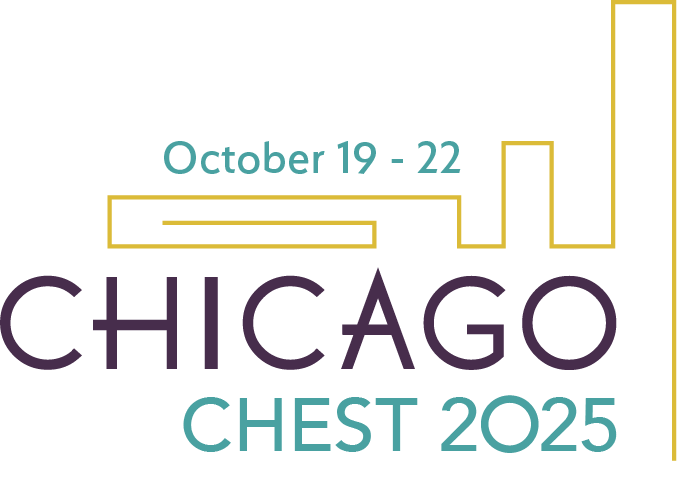
Among patients in the ICU who were mechanically ventilated and receiving supplemental oxygen, a conservative oxygen strategy to limit exposure did not significantly reduce 90-day all-cause mortality, results from a large, randomized clinical trial showed.
“The research was important because despite oxygen being the commonest drug we administer to patients on intensive care units, it was unclear how much oxygen we should give to ensure the best clinical outcomes for patients,” said lead author Daniel S. Martin, PhD, professor of perioperative and intensive care medicine at the University of Plymouth, United Kingdom.
For this study, researchers at 97 National Health Service (NHS) ICU units across England, Wales, and Northern Ireland enrolled 16,500 adults between May 2021 and November 2024.1 Participants were selected within 12 hours of meeting the following criteria: they were either receiving invasive mechanical ventilation following an unplanned ICU admission or had mechanical ventilation initiated within the ICU, alongside supplemental oxygen therapy.

Next, the investigators randomly assigned 8,258 patients to conservative oxygen therapy, defined as a peripheral oxygen saturation (SpO2) target of 90%, and 8,242 patients to usual oxygen therapy. The primary outcome was all-cause mortality at 90 days following randomization, while secondary outcomes of interest included duration of ICU and hospital stay among survivors, days alive and free from organ support at 30 days, and morality at other time points.
The authors reported on outcomes from 8,211 patients in the conservative oxygen group and 8,138 patients in the usual oxygen therapy group. The median age of both groups was 60, and 38.2% were female. Reasons for admission included hypoxic-ischemic encephalopathy (9.2%), sepsis (33.1%), and acute brain injury (2.2%), while the remaining 55.5% did not meet any of the other prespecified subgroups of interest.
Among patients in the conservative oxygen group, 35.4% died, compared with 35.9% in the usual oxygen therapy group. This difference did not reach statistical significance after adjusting for prespecified baseline variables (P = 0.28). There were also no significant differences between the conservative oxygen therapy group and the usual oxygen therapy group in duration of ICU stay (a median of 6.6 vs 6.8 days, respectively; P = .97), duration of acute hospital stay (a median of 14 days in both groups), days alive and free from organ support at 30 days (a median of 16 in both groups), or mortality at ICU discharge (28.9% vs 29%), 60 days (35.4% vs 34.6%), and one year (40.7% vs 40.2%).
“There has been a long discussion regarding avoiding hypoxia in patients who are critically ill resulting in decreased tissue oxygen perfusion and overoxygenating patients with the risks of free-radical exposure,” said Casey Cable, MD, MSc, of the division of pulmonary disease and critical care medicine at VCU Health System, Richmond, Virginia. “Clinically, I am not sure how much these results are going to impact daily patient care, but they do suggest more conservative SpO2 goals could be targeted. Even in the preplanned subgroup analyses, a 90-day mortality difference was not observed; however, these were not powered for.”
Dr. Cable pointed out that the median SpO2 in the restrictive and usual care group was 93.3% and 95.1%, respectively.
“This is a narrow gap which may not have resulted in enough of a clinical impact to see a different in mortality,” she said. “Ultimately, while no harm was found in either group, no benefit was found either. That begs the question, do we proceed with ongoing larger clinical trials?”
The authors noted certain limitations of the study, including the fact that clinicians and patients were not blinded to the treatment intervention. Moving forward, Dr. Martin said clinicians must continue to refine methods for determining the precise oxygen requirements of each individual patient in the ICU.
“In other words, how do we tailor our use of oxygen to individual patient circumstances?” he asked. “Trials tell us about the effectiveness of an intervention if your patient looks like the eligibility criteria for a given trial. If the patient in front of you differs in some way from the trial’s population, what do we do then?”
References
1. Martin DS, Gould DW, Shahid T, et al. Conservative oxygen therapy in mechanically ventilated critically ill adult patients: The UK–ROX Randomized Clinical Trial. JAMA. 2025;334(5):398-408. doi:10.1001/jama.2025.9663
